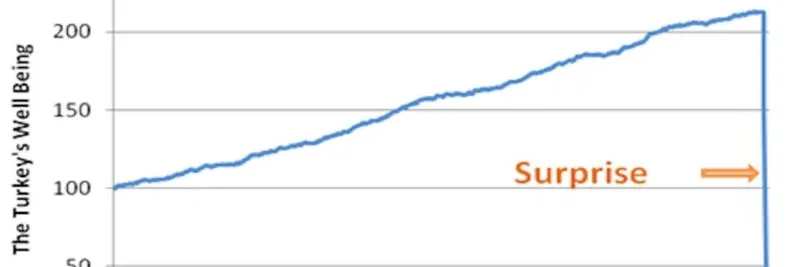Have you ever wondered why the crypto market feels a bit different this cycle? A recent post on X by @DSentralized sparked an interesting conversation that's worth diving into. The user posed a thought-provoking question: What if the "retail" influx this time around is mostly coming from ETF inflows rather than new sign-ups on exchanges like Coinbase or Kraken?
For those unfamiliar, ETFs—or Exchange-Traded Funds—are investment vehicles that track the price of an asset, like Bitcoin (BTC) or Ethereum (ETH), and trade on traditional stock exchanges. Think of them as a bridge between the wild world of crypto and the more regulated realm of traditional finance, often abbreviated as TradFi. In the post, @DSentralized highlights how people are buying into funds like IBIT (BlackRock's Bitcoin ETF) and ETHA (likely referring to Ethereum-based ETFs) through familiar apps and brokerages such as Robinhood, Fidelity, or Schwab. This means steady inflows into BTC and ETH without the hassle of setting up crypto wallets or dealing with exchange verifications.
This shift makes a lot of sense in today's landscape. Getting into the stock market has never been easier, with user-friendly apps lowering barriers for everyday investors. As one reply from @solmarkp agreed, it's all about convenience. Why bother with the complexities of direct crypto purchases when you can add crypto exposure to your portfolio alongside stocks and bonds?
But what does this mean for the broader crypto ecosystem, especially meme tokens? At Meme Insider, we're always tracking how these macro trends ripple into the fun, volatile world of memes. Traditionally, retail booms have fueled altcoin seasons, where smaller tokens—including memes—see massive pumps as new money floods in via exchanges. If inflows are sticking to BTC and ETH through ETFs, we might see a more subdued alt cycle. As @Vanguard0x noted in a reply, "It’s 401k additions there was no alt cycle in the cards until that broke tbqh." In other words, retirement accounts and institutional-like retail are prioritizing blue-chip cryptos, potentially delaying the hype around riskier assets like meme coins.
That said, it's not all doom and gloom for meme enthusiasts. These ETF inflows could stabilize the market, providing a stronger foundation for when retail does venture deeper. Institutions holding large BTC and ETH positions via ETFs might even explore ways to lend or stake these assets, indirectly supporting DeFi protocols that meme projects often build on. Plus, as @moikiagi pointed out, big players are incentivized to grow their assets under management (AUM), with fees tied to holdings—IBIT is reportedly BlackRock's top revenue generator among ETFs already.
Conversations like this remind us that crypto is evolving. Retail isn't disappearing; it's just adapting to easier rails. If you're a blockchain practitioner eyeing meme tokens, keep an eye on ETF flow data from sources like Farside Investors or Bloomberg Terminal. These could signal when the tide turns toward alts.
What are your thoughts? Is this the new normal for retail, or just a phase? Drop your takes in the comments below, and stay tuned to Meme Insider for more insights on how these trends affect your favorite meme projects.

